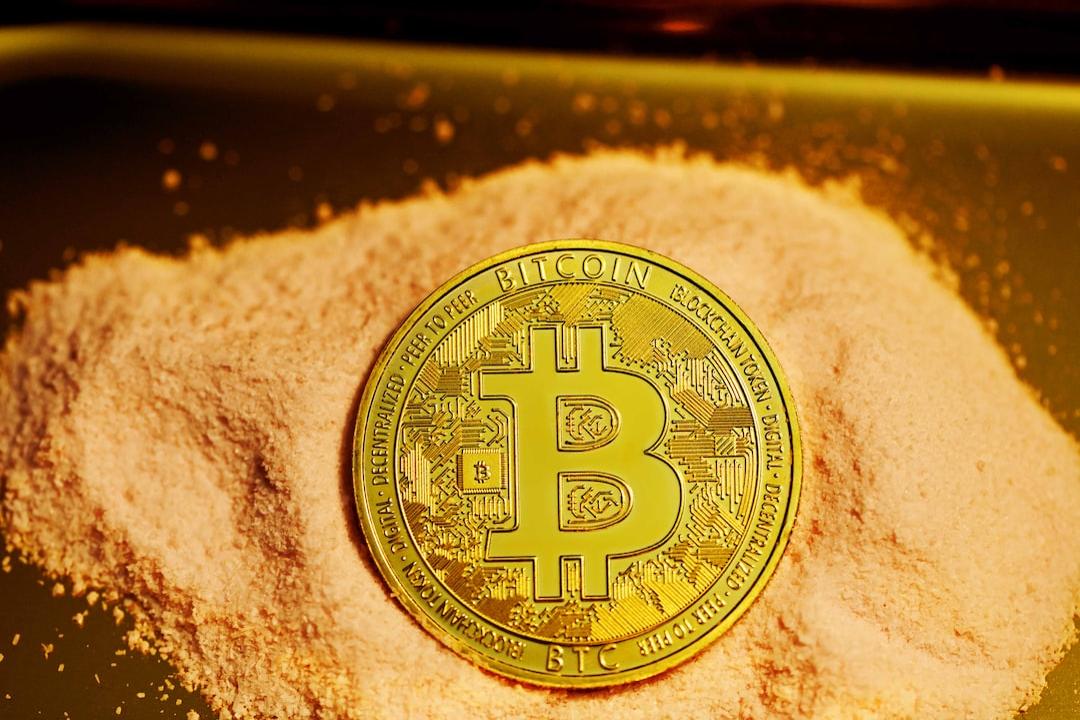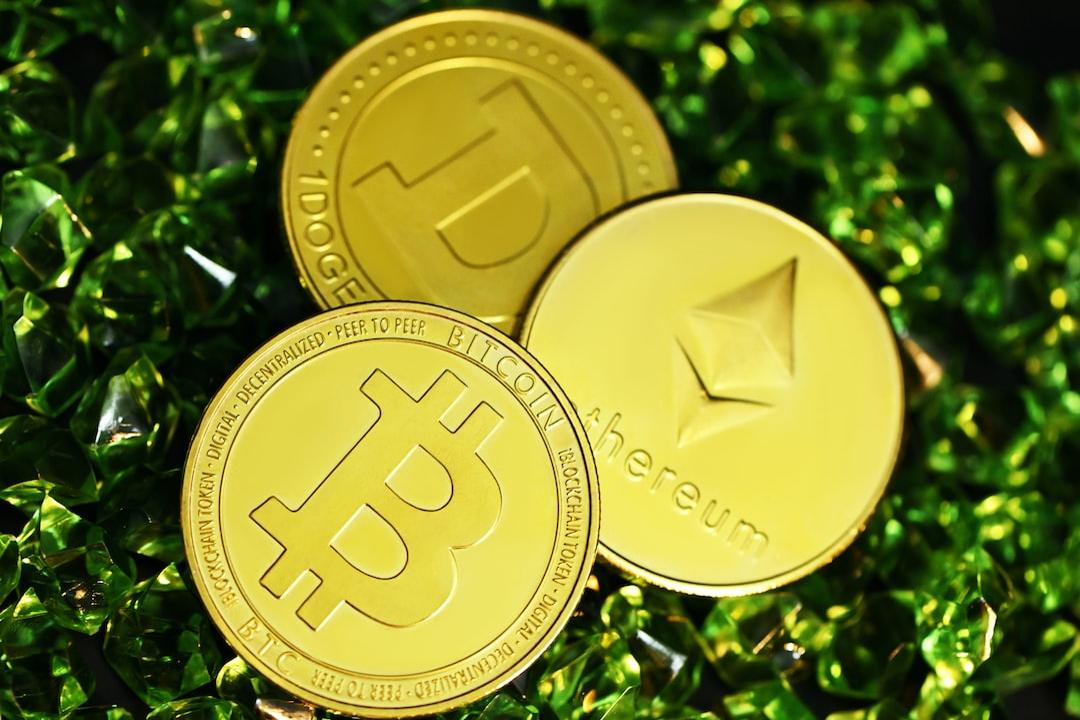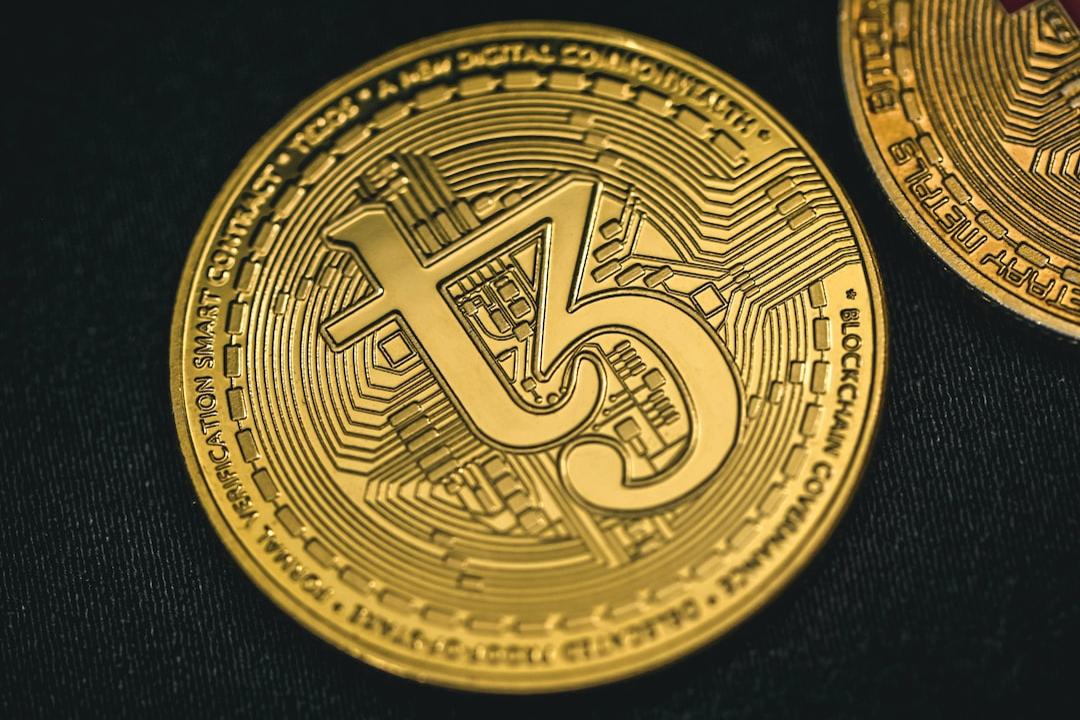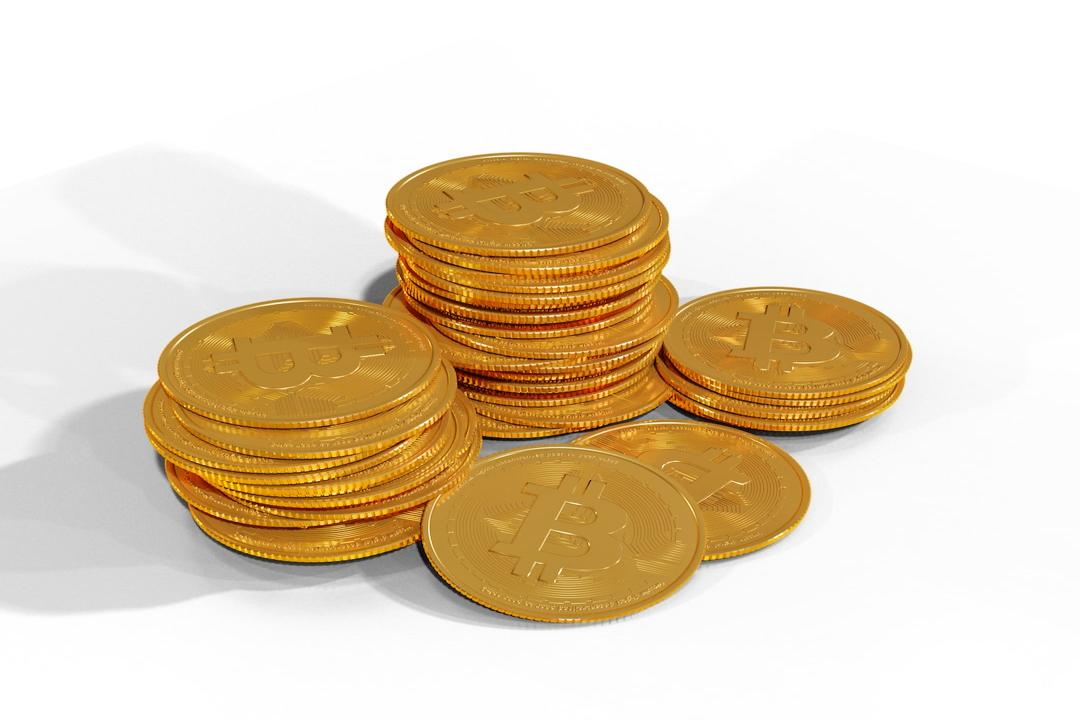Binance Alpha Players Discover “The Sky Has Fallen”: A Three-Week “Alpha Hunt”
This is a harvesting show with KOGE and ZKJ as the net and Alpha points as the bait.
(Background: Binance Alpha “ZKJ and KOGE plummet 81%, users targeted by liquidity sniping: only 20% of assets remain”)
(Supplementary Background: Binance: Recent cheating in Alpha using “score brushing tools” will be dealt with as violations)

After a night, many Binance Alpha players discovered “The Sky Has Fallen” — the two tokens used for Alpha point interaction, KOGE and ZKJ, experienced a flash crash. As of the time of writing, ZKJ was priced at $0.32, with a 24-hour drop of up to 83.7%. Previously, its highest price in 24 hours reached $1.98, while the lowest price plunged to $0.25. KOGE was priced at $27.75, with a 24-hour drop of 55.78%, having peaked at $62.81 and dipped to $8.48 within the same timeframe.
In the latest announcement, Binance stated, “We have noted the significant price fluctuations of ZKJ and KOGE recently. Preliminary investigations indicate that this was mainly due to large holders withdrawing on-chain liquidity and market chain liquidations. We will adjust the Alpha points calculation rules starting June 17, 2025, at 00:00 (UTC). At that time, the trading volume among Alpha tokens will no longer be included in the points calculation.”
The increasingly fierce “Binance Alpha exam” has finally reached a turning point due to the price flash crash of the ZKJ/KOGE trading pair. Odaily Planet Daily will summarize this event and explore the pros and cons of the Binance Alpha mechanism and potential future directions.
A Three-Week “Alpha Hunt”: Using KOGE and ZKJ as Nets, With Alpha Points as Bait
On May 24, as the BTC market gradually rose, the enthusiasm for Binance Alpha score brushing interaction surged, driving the trading volume to a peak of $1.69 billion, with ZKJ trading volume at $1.05 billion, KOGE at $251 million, and B2 at $205.9 million, placing them at the forefront.
Due to the lower transaction friction costs of ZKJ and KOGE tokens and adequate liquidity, large transactions exceeding tens of thousands of dollars could participate in Binance Alpha interactions. After effective testing by market traders, the two tokens became the best choices for “Alpha candidates,” with single transactions of nearly $10,000 for KOGE having a friction cost controlled at around $0.5. Many users in the community reported that KOGE may exemplify the “one fish, multiple eats” model of major players in the BSC ecosystem.
Originally, this was a “win-win” game: Binance Alpha gained users and transaction fees; BSC node major holders gained trading fees; Binance Alpha users earned Alpha points; KOGE, ZKJ, and other project parties collected LP fees and other returns.
However, once the balance of interests began to tilt, the seemingly balanced situation could collapse in an instant, and the hard-won “harvesting phase” would turn into a “net-collection action.”
On June 14, ZKJ and KOGE tokens faced the “first exploratory test” before the storm — according to on-chain analyst AI Yi’s monitoring, the usually stable ZKJ and KOGE both briefly dropped 3% between 21:20 and 22:05, likely due to address 0x364 withdrawing liquidity and continuous sell-off actions.
At 21:49, this address withdrew 1.29 million ZKJ and 8,667 KOGE in bilateral liquidity. Subsequently:
- At 21:21 and 22:05, around $3.1 million worth of ZKJ was sold off;
- At 21:20, approximately $550,000 worth of KOGE was sold off.
At 21:21, ZKJ’s trading volume surged to $12.73 million, triggering a continuous drop within 15 minutes, possibly due to panic exits from LPs causing a chain reaction; a similar situation occurred at 22:05. Because KOGE is closely tied to ZKJ, it also faced setbacks despite the relatively small sell-off amount.
On June 15, ZKJ and KOGE faced the final net-collection — three main addresses exerted dual pressure through “large liquidity withdrawals + continuous sell-offs,” causing ZKJ and KOGE to collapse sequentially:
- Address 0x1A2 withdrew 61,130 KOGE (approximately $3.76 million) and 273,017 ZKJ (approximately $532,000) in bilateral liquidity at 20:28:21 and 20:33:15. Between 20:28:58 and 20:36:57, it converted 45,470 KOGE to ZKJ worth $3.796 million, during which KOGE’s on-chain trading volume saw a significant increase; between 20:30:57 and 20:59:49, it sold off 1.573 million ZKJ for USDT and BNB worth $3.052 million, with an average selling price of $1.94. At this point, KOGE and ZKJ experienced slight stepwise declines but did not crash.
- Address 0x078 withdrew 33,651 KOGE (approximately $2.07 million) and 709,203 ZKJ (approximately $1.38 million) in bilateral liquidity at 20:30:33. Between 20:31:10 and 20:58:18, it converted 36,814 KOGE to ZKJ worth $2.26 million; between 20:35:15 and 20:37:34, it sold off 1 million ZKJ worth $1.948 million, with an average selling price of $1.948. This address’s “relay-style smashing” finally pushed KOGE’s price into a nosedive, reflected in several consecutive large red candlesticks on the K-line.
- Address 0x6aD received 772,759 ZKJ (worth $1.5 million) transferred from address 0x078 (i.e., the second smashing address) at 20:41:55; between 20:42:28 and 20:50:16, it cleared 772,000 ZKJ. It is evident that the third address was primarily used for coordination, further catalyzing ZKJ’s decline after KOGE’s price crash, completing the harvesting of both tokens from LPs and holders.


As for why the net-collection action started with ZKJ, on-chain analyst AI Yi speculated that it might be due to ZKJ having CEX contracts, allowing the perpetrator to short in the exchange while also smashing on-chain; secondly, from a liquidity perspective, ZKJ has relatively better liquidity, requiring more funds to perform the smash; additionally, the LP ranges for ZKJ and KOGE are very narrow, and once this range is breached without sufficient funds to absorb sell orders, an inevitable flash crash occurs. Furthermore, LPs witnessing falling prices would also panic exit, creating a vicious cycle that further drives down prices; it is speculated that the continuous decline in Alpha trading volume over several days may have been an inducement, with large LP exits also being a “run fast” game.
Moreover, according to crypto KOL Da Orange’s reminder, the price of ZKJ’s token on the BSC chain is double that of the ETH chain, while Binance’s ZKJ contract is for the ETH chain; surprisingly, the BSC chain ZKJ tokens on Binance Alpha are single-machine coins, meaning that the initial LPs on the BSC are all provided by the team’s own tokens. The first wave of smashing occurred on the BSC, then someone followed suit, smashing the Bybit contracts, leading to the crash of the ETH chain’s spot price.

According to Coinglass data, the total liquidation volume across the network in the past 24 hours was $215 million, with long positions accounting for a staggering $157 million, and ZKJ alone saw a liquidation volume of $102 million. For KOGE holders who completed liquidity exits through KOGE/ZKJ, this was a bloody liquidity feast.

In summary, the flash crashes of ZKJ and KOGE were a premeditated hunting operation, while Binance Alpha points were the seemingly appetizing yet inherently dangerous bait.
The Traders Trapped in the Binance Alpha Fortress: Points Like Exam Scores, Airdrops as Gifts But Also Costs
After experiencing the flash crash of ZKJ and KOGE, discussions about the Binance Alpha points system have become heated, with many only reaping the bitter fruit of “assets down over 80%.” This has led to significant dissatisfaction with the Binance Alpha mechanism. The immediate announcement from Binance also indicates the seriousness of this incident.
Binance Alpha Airdrops Fail to Offset ZKJ Flash Crash Losses
As on-chain analyst AI Yi pointed out, the total value of all project airdrops from Binance Alpha to date does not even match the market value lost by ZKJ. Its market value plummeted from $2 billion to $377 million, evaporating nearly 81% in less than a day. This starkly illustrates the high volatility and cruelty of the cryptocurrency industry. Many invested thousands or even tens of thousands of dollars, and their assets shrank by over 80%.
Previously, according to X platform user Mingo’s statistics, Binance Alpha’s monthly earnings in May were around $1,500. For many, working hard for a month and then losing thousands or even tens of thousands of dollars in this wave is simply not worth it.

Binance Alpha Points Transforming into Digital Games, A Change in Approach Needed
After the turmoil, Binance quickly released an announcement stating, “We have noted the significant price fluctuations of ZKJ and KOGE recently. Preliminary investigations indicate that this was mainly due to large holders withdrawing on-chain liquidity and market chain liquidations. To maintain market fairness and stability and reduce systemic risks brought by centralization, Binance will adjust the Alpha points calculation rules starting June 17, 2025, at 00:00 (UTC). At that time, the trading volume among Alpha tokens will no longer be included in the points calculation.”
In the future, Binance Alpha may need to change its purely digital game style. Specific suggestions include:
- Avoid mechanisms that concentrate trading volume on a few tokens like KOGE and ZKJ, ensuring interaction friction is relatively average and controllable;
- Increase the sources of Alpha points, not limited to token trading but also considering community engagement, postings in Binance Square, and other InfoFi-oriented “mouth-stroking” interactions as potential Alpha points avenues;
- Establish monitoring mechanisms to prevent situations where KOGE major holders manipulate “token issuance – liquidity pool establishment – Alpha listing – Alpha points acquisition” from occurring again; of course, this is highly idealistic and challenging.
KOGE Project Responds Strongly: “Has Nothing to Do with Me, Never Held ZKJ, Let Alone Smash KOGE”
In response to the flash crash of KOGE and ZKJ prices, Ian, the founder of the KOGE project 48 Club, posted in Binance Square this morning, stating: “The crash was not caused by the 48 Club treasury smashing KOGE, nor was it due to my personal actions; the 48 Club has no business relations with the ZKJ project, nor any similar plans; the 48 Club treasury has never held (or held) ZKJ; I personally have never held (or held) ZKJ. Binance Research and Binance Web3 have reached out to me regarding the price drop incident, and I have provided the aforementioned explanation. The 48 Club has never offered a ‘low-fee pool that restricts large entries’; in fact, it is technically impossible to achieve this by providing IP.”
As a super node of the BSC ecosystem, Ian’s response seems more like a disclaimer to clear his name, but based on the existing information, it is indeed impossible to prove direct contact with the smashing addresses; the truth of the incident remains to be further explored.
Conclusion: The Liquidity Feast Ultimately Paid for by Retail Investors
In the end, the most severely impacted are still retail investors in the market. After all, Binance, as a platform, still reaps transaction fees and other returns, while ZKJ and KOGE major holders completed liquidity harvesting, leaving market retail investors as the “leeks” harvested time and again.
However, for the reapers, if such exhaustive harvesting occurs too quickly and too frequently, who will continue to take over the plates?


